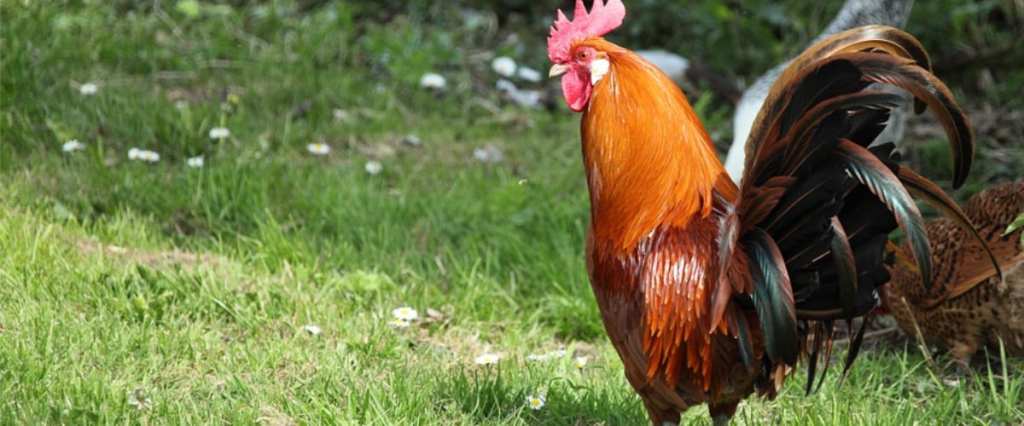People are killed and even consumed by their pets more often than you’d like to think. That said, I bet you’ve never considered the ways your pet fowl could spell the end of your life.
This 76-year-old Australian woman probably didn’t. She probably also didn’t think about the fact that the varicose veins on her legs ran right at beak-level – ripe for the pecking.
https://www.instagram.com/p/Bysm-0mAw0x/
Apparently, she was out collecting eggs when her rooster pecked her lower left leg. It caused “significant hemorrhage with collapse and death,” and the autopsy showed two major lacerations – one of which was over a “perforated large varix.”
The official cause of death was exsanguination due to bleeding varicose veins.
Before you go and sell your chickens, know this woman did have a medical history that created a perfect storm that helped the rooster along. She had high blood pressure, high cholesterol, type 2 diabetes, and, yes, varicose veins.
https://www.instagram.com/p/Byn-MldASHk/
Uncontrolled bleeding from varicose veins has caused people to die before, and one being punctured can be considered a medical emergency.
Pressure can build inside the veins, a condition that affects about 25% of adults 50 and older, and has led directly to several other elderly patients’ deaths.
Fatal rooster attacks are, as you probably expect, very rare, but this instance should serve as a reminder that even relatively small and harmless animals can pose a threat when all of the other factors line up just right, say the researchers who wrote up the case study.
“This case demonstrates that even relatively small domestic animals may be able to inflict lethal injuries in individuals if there are specific vascular vulnerabilities present.”
https://www.instagram.com/p/Byn-MldASHk/
Another option, of course, is to have your veins treated. If you choose not to, though, you’ll want to avoid minor injuries and, if you sustain one, make sure to take it seriously.
“Apply pressure to the bleeding point, lie down, elevate the leg, and get help,” advises one expert.
Good advice, my friends. And now you know.






